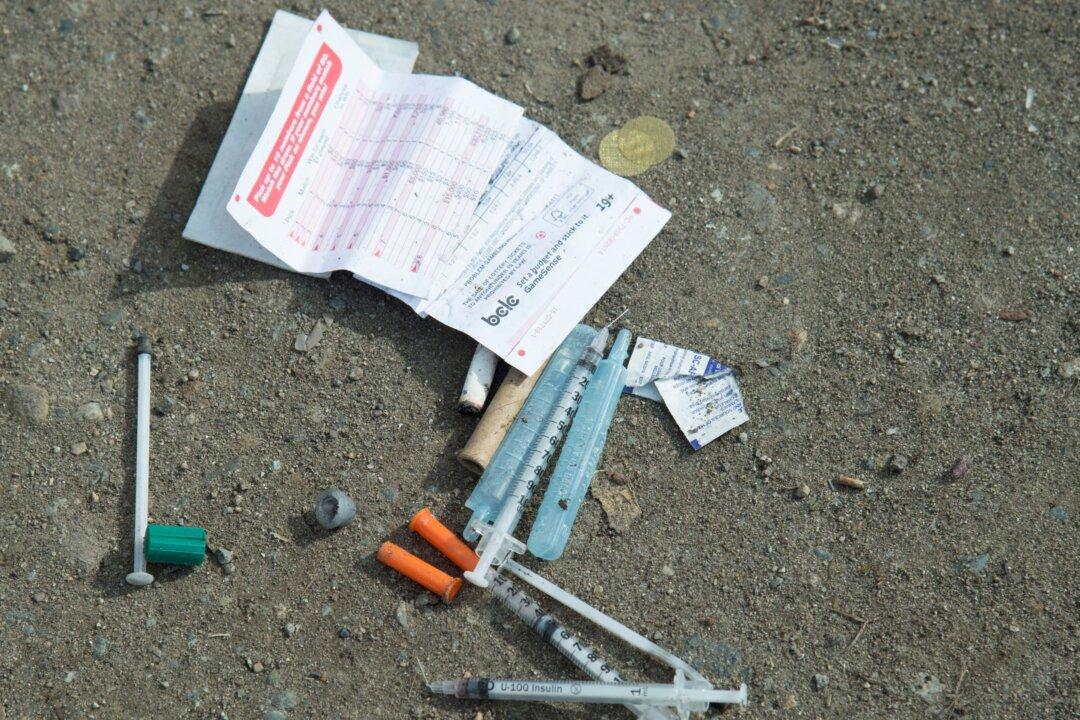Commentary
Canadian harm reduction activists believe that “safer supply” can reduce overdoses and deaths by providing addicts with easy access to “safe” pharmaceutical opioids—but we already tried this experiment 20 years ago. It was called the OxyContin crisis and it had nightmarish results. So why are we making the same mistakes all over again?



